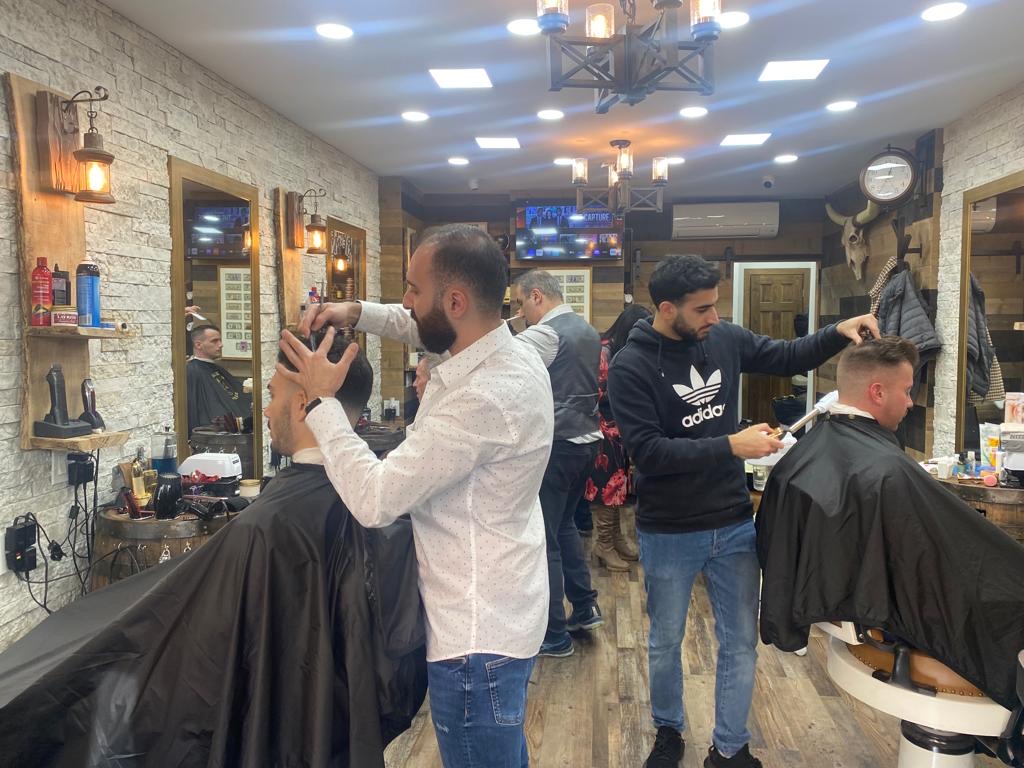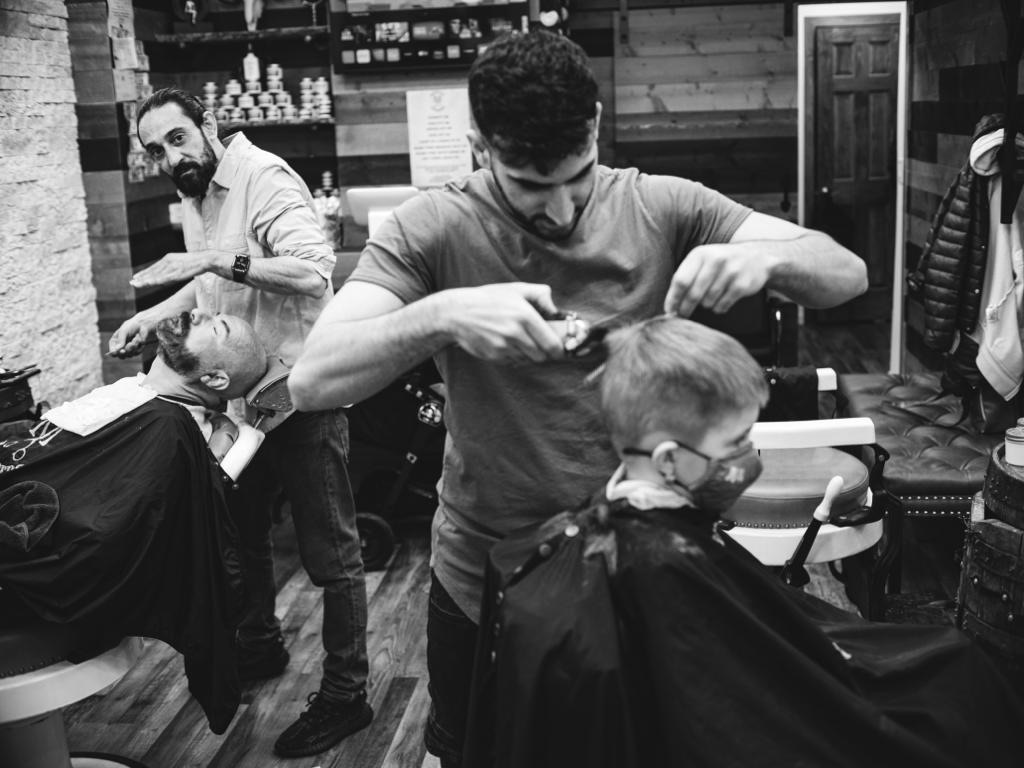Frequently Asked Questions
Blunt cutting and point cutting are two distinct techniques employed in traditional scissor haircuts, each serving unique purposes in hair design. Blunt cutting involves using straight-edge scissors to create a clean, sharp line across the hair, resulting in a uniform length that enhances the hair's weight and density, making it ideal for achieving a sleek, polished look. This technique is often favored for bobs and straight hairstyles, as it provides a strong foundation and emphasizes the hair's natural shine. In contrast, point cutting utilizes the tips of the scissors to snip into the ends of the hair at an angle, creating texture and softening the overall silhouette. This method is particularly effective for layering, as it adds movement and dimension, allowing for a more organic appearance. While blunt cutting focuses on precision and structure, point cutting emphasizes fluidity and softness, making both techniques essential tools in a stylist's repertoire for crafting diverse hairstyles.
To achieve optimal results in a traditional haircut, it is essential for the stylist to hold the scissors with precision and control, ensuring a firm yet relaxed grip on the handle. The thumb should be inserted into the smaller ring, allowing for fluid movement, while the middle and ring fingers rest comfortably on the larger handle, providing stability and leverage. This ergonomic positioning facilitates a natural cutting motion, enabling the stylist to execute various techniques such as point cutting, blunt cutting, and texturizing with ease. Additionally, maintaining an appropriate angle between the scissors and the hair strands is crucial; a slight upward tilt can enhance layering and texture, while a horizontal position is ideal for creating clean, straight lines. By mastering the proper scissor grip and angle, the stylist can achieve a polished finish, ensuring that each section of hair is cut with accuracy and artistry, ultimately leading to a well-executed and aesthetically pleasing haircut.
When selecting scissors for traditional hair cutting techniques, it is essential to consider the specific hair texture to achieve optimal results. For fine or thin hair, precision shears with a sharp, fine-toothed edge are recommended, as they allow for delicate layering and texturizing without causing damage or split ends. In contrast, thick or coarse hair benefits from the use of chunking or texturizing scissors, which feature wider teeth and a more robust blade, enabling the stylist to remove bulk and create movement without compromising the hair's integrity. Curly or wavy hair often requires specialized curved shears that can follow the natural shape of the curls, allowing for seamless blending and reducing frizz. Additionally, for straight hair, a pair of straight-edge shears is ideal for clean, blunt cuts, ensuring a polished finish. Ultimately, the choice of scissors should align with the hair's density, texture, and desired style, enhancing the overall cutting technique and ensuring a professional outcome.
Layering can be effectively achieved using traditional scissor cutting methods by employing a combination of precision techniques and an understanding of hair texture and density. The stylist begins by sectioning the hair into manageable subsections, often utilizing a pivot point to create a balanced distribution of weight. By utilizing the point cutting technique, the stylist can create soft, feathered edges that blend seamlessly into the underlying layers, enhancing movement and volume. Additionally, the use of elevation during the cutting process allows for the creation of graduated layers, which can be tailored to suit various face shapes and hair types. Techniques such as over-direction and slide cutting further contribute to the dynamic flow of the hairstyle, ensuring that each layer complements the overall silhouette. By mastering these traditional scissor cutting methods, stylists can achieve a harmonious layering effect that adds depth and dimension to the hair, while maintaining a natural appearance.
When performing a traditional scissor haircut, several common mistakes can undermine the desired outcome. One frequent error is neglecting to section the hair properly, which can lead to uneven lengths and an unbalanced appearance. Additionally, failing to use the appropriate tension while cutting can result in a choppy texture rather than a smooth finish. Another mistake is cutting too much hair at once, which can overwhelm the stylist and compromise precision; instead, taking smaller subsections allows for greater control and accuracy. Moreover, not considering the natural fall and movement of the hair can lead to a style that does not complement the client's face shape or hair type. Lastly, overlooking the importance of regular combing and checking for symmetry throughout the process can result in a haircut that lacks cohesion and polish. By avoiding these pitfalls, a stylist can achieve a clean, professional scissor haircut that enhances the client's overall look.

